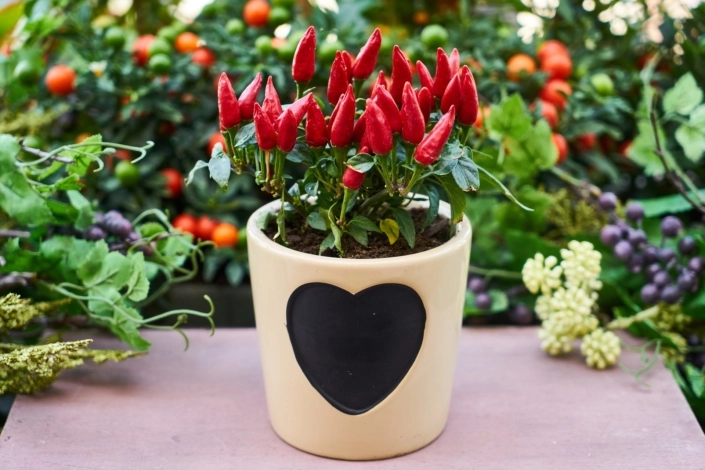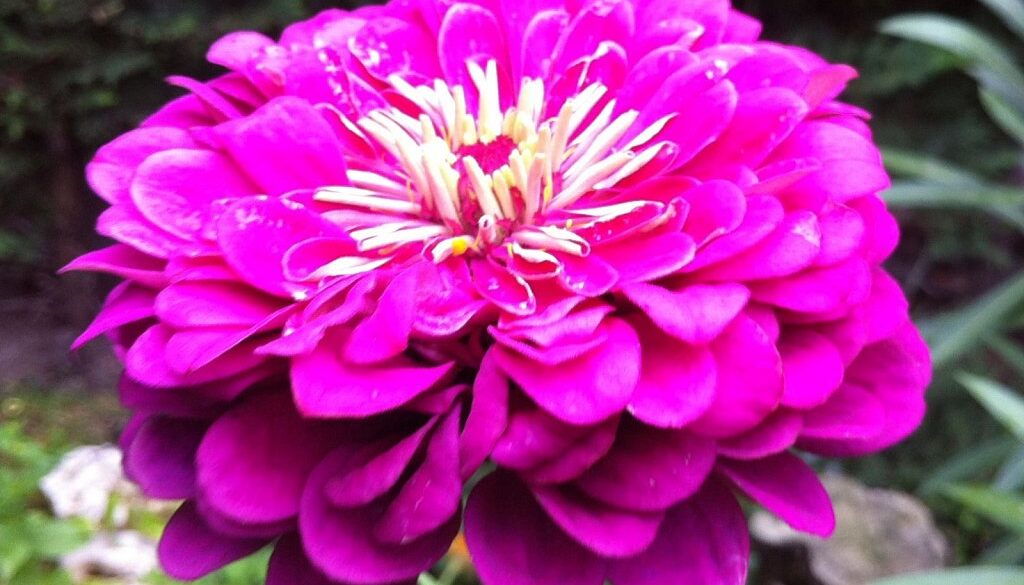Removals: How do I transport plants?
Transporting plants How do I transport my plants so that they do not deteriorate?
My friend Felipe is a great fan of botany. To give you an idea, his affection for all kinds of plants began when he was just 6 years old, when his Spanish language teacher gave each student a copy of Crásula. Over the years, Felipe saw how this plant did not stop growing and was fascinated. Little by little, he bought plants of different kinds: Cactus, fat plants, petunias, orchids, in short, everything you can imagine.
Today he has an exciting collection of more than 100 plants. Yes, I am not exaggerating, he is the most plant-loving person I know. That's why when Felipe fell in love with a Sevillian woman and decided to jump into the pool and move to Sevilla next to her, he panicked for his plants. The truth is that he cared little about moving the rest of his belongings, but the thought of the suffering he was going to subject his "daughters" - as he called them - made his hair stand on end. So, he began to think about it and, bearing in mind that he was going to have to move the rest of his belongings, he began to think about it. movers' insurance companies do not cover damage to plants.In the end, he concluded to implement these simple tricks.
Tips for transporting plants
- Prepare the plants at least one week before of the trip. Remove dry leaves and prune branches to renew them. Clean the leaves carefully and thoroughly so that they are in the best possible condition before transport.
- It is advisable to transplant plants to plastic pots to prevent the pots from breaking.
- Gently wrap them in wrapping paper creating a cylinder around it.
- In the case of more sturdy plants, such as cacti, it is best to remove them from their pots and, in addition to wrapping paper, to wrap them with bubble wrap for added protection.
- Put them all in boxes carefully and fill in the holes around the pots with paper so that the plant does not dance in the transfer.
- Make small holes in the boxes so that the plants can breathe during transport. If they are very tall and protrude into the box, you can put some seal around the stem and hold it against the cardboard without it being too tight.
- Make sure that there is no kind of humidity and that everything is perfectly dry.
- The first thing you should do when you arrive at your new home is to take out the plants and wipe them with a damp cloth in case they have accumulated a bit of dust.
- It places each one in the most appropriate location for its conditioning depending on the type. In general, plants need light, but some are more resistant and others need special conditions of temperature and humidity, some are for outdoors and others for indoors, so choose places where they will not wither.
- Water them The latter should be adapted according to the characteristics and needs of each one of them.
In any case, transporting plantan entails a risk that cannot be determined until they are at their new destination. But, these simple, basic tips may help you to transfers that are not too long.
Although, the truth is that my friend Felipe, in the end, gave away quite a few plants from his endless collection with great regret, as he knew they would not survive the Sevillian heat. He mainly took cacti and some species that are more resistant. Needless to say, the first thing he did when he arrived at Sevilla, was to unpack the plants he had ventured to include in his move. He then bought others similar to the ones he had given away and created there a new garden.

Other moving tips
Moving plants from one place to another can be a delicate process, as plants are sensitive to changes in their environment. Here are some important tips to consider to ensure a successful move of your plants:
Previous research
Before the move, we have already be it a national move or a international removalsFor each of your plants, research the specific needs of each plant. Find out how much sunlight they require, as well as the ideal humidity and temperature for their growth.
By understanding these needs, you will be able to choose the most suitable location in your new home and ensure that conditions are conducive to their development.
Seasonal planning
The choice of the season for the move is crucial to minimise the stress on your plants. Choose to transplant in spring or autumn, when temperatures are more moderate and plants are in their most active growth stage. Avoid transplanting in summer, when the heat can be scorching, or in winter, when low temperatures can adversely affect the plants.
Preparation of pots and substrate
Before you move to MadridSevilla, Sevilla, Barcelona or anywhere in Spain, make sure you have adequate pots and sufficient quality substrate. If the plants have grown since you last repotted them, consider using slightly larger pots. The fresh substrate will provide the nutrients needed for a good start in their new home.
Irrigation
A few days before the move, water your plants well to make sure they are hydrated, but not waterlogged, on the day of the move. Moist substrate and roots will help plants cope better with the stress of the move.
Pruning
Performs a soft pruning before moving to reduce the amount of foliage the plants have to maintain during the move. Remove damaged, diseased or worn leaves and branches. This also allows the plants to concentrate their energy on new, healthy growth.
Appropriate packaging
Protect plants during the move by wrapping their pots with newspaper or towels. In some cases, some people hire a furniture storage service to keep everything well organised. For larger plants, use boxes with holes for ventilation and fill them with paper or newspaper to prevent the pots from moving. Proper packaging minimises damage to roots and substrate.
Protection against extreme cold/heat
If you are moving at a time when temperatures are extremely cold or hot, be sure to protect the plants during the journey. Use blankets or towels to insulate the pots and avoid sudden changes in temperature that could damage the plants.
Tagged
Label each pot with the name of the plant and its specific needs. This will help you organise them properly during the move and make it easier to locate each plant in its new environment. Clear labelling will avoid confusion and allow for proper care of each plant.
If you are going to make a removalyou may also be interested in the following articles:
- How to move on a tight budget
- 10 tips to start settling into your new home
- Some tips to take into account when contracting electricity in your new home
- Positive aspects of moving to another city




